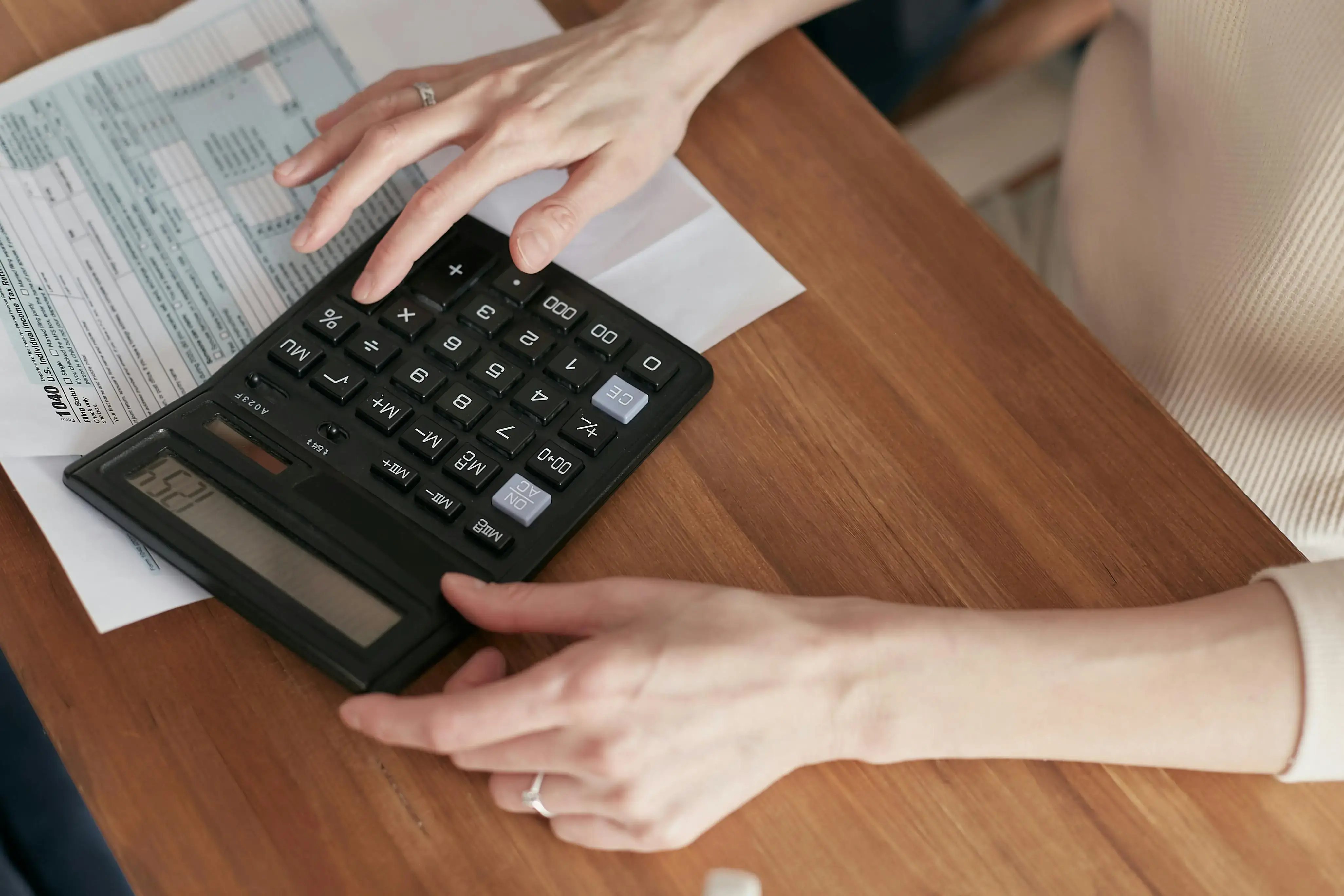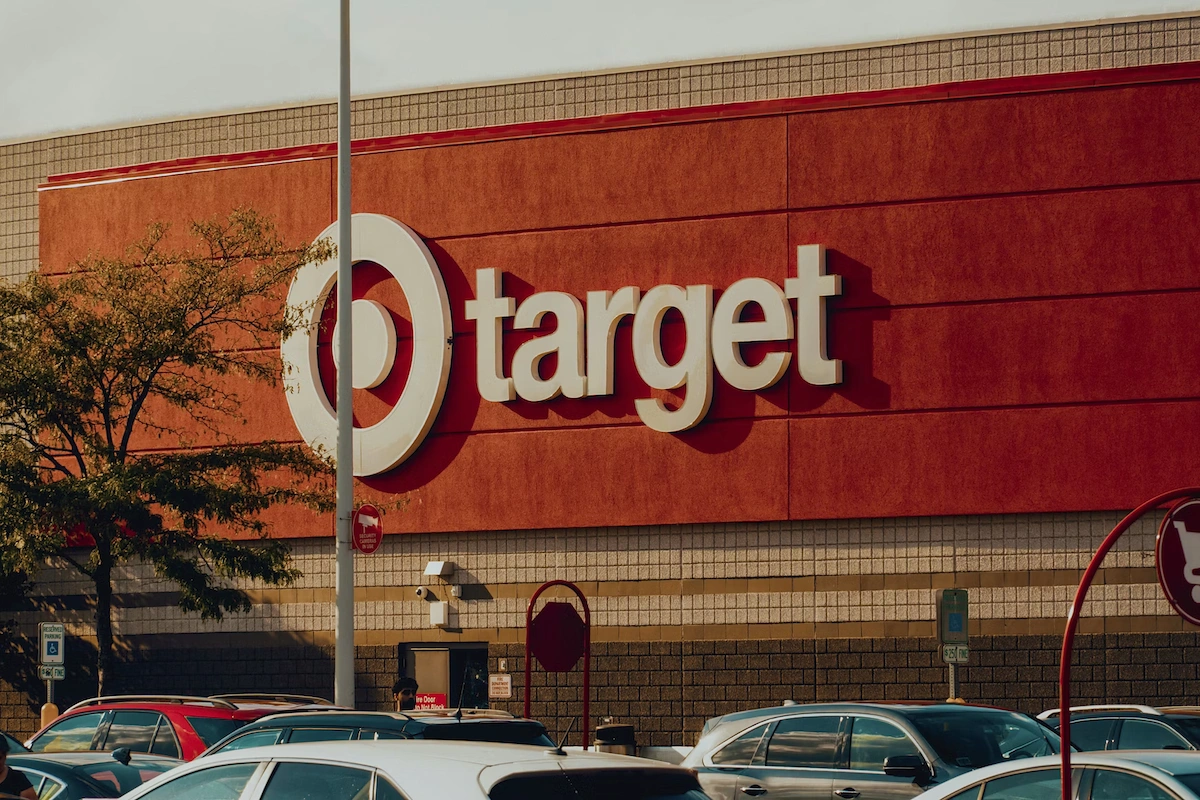
Kudos has partnered with CardRatings and Red Ventures for our coverage of credit card products. Kudos, CardRatings, and Red Ventures may receive a commission from card issuers. Kudos may receive commission from card issuers. Some of the card offers that appear on Kudos are from advertisers and may impact how and where card products appear on the site. Kudos tries to include as many card companies and offers as we are aware of, including offers from issuers that don't pay us, but we may not cover all card companies or all available card offers. You don't have to use our links, but we're grateful when you do!
506 Credit score: What You Need to Know in 2025
July 1, 2025


TL;DR
A 506 credit score is a foundational starting point for improvement, falling within the 'Poor' range of FICO scores. Recognizing this allows you to strategically build toward a higher score and gain access to more competitive financial opportunities.
What Does a 506 Credit Score Mean?
A credit score of 506 falls into the "poor" category on the FICO scoring model, which ranges from 300 to 850. Lenders generally view scores below 580 as subprime, signaling a higher risk. This number acts as a summary of your credit history, giving potential creditors a quick assessment of your reliability in repaying borrowed money.
Financially, this score can create significant obstacles. You may struggle to get approved for new credit cards, auto loans, or mortgages. If you do secure a loan, it will likely come with very high interest rates and unfavorable terms, making borrowing more expensive. While a 506 score presents challenges, it is not a permanent setback and can be improved over time.
Who Has a 506 Credit Score?
According to 2023 data from Experian, the average FICO score increases with age. Here is the breakdown by generation:
- Generation Z (ages 18-26): 680
- Millennials (ages 27-42): 690
- Generation X (ages 43-58): 709
- Baby Boomers (ages 59-77): 745
- The Silent Generation (ages 78+): 760
Credit Cards With a 506 Credit Score
A 506 credit score places you in the 'poor' credit range, which can significantly hinder your ability to qualify for most traditional credit cards. Lenders generally see this score as a high risk, meaning you'll likely face rejections for unsecured cards that offer rewards or low interest rates. However, this doesn't close the door on credit entirely; it simply means you'll need to focus on specific types of cards designed to help you build or rebuild your credit profile.
Kudos offers AI-powered tools like the Explore Tool and Dream Wallet, which provide personalized credit card recommendations based on your unique financial situation and spending habits. By analyzing your preferences or actual transaction data, these tools match you with suitable options from a database of nearly 3,000 cards, helping you make an informed decision that aligns with your credit-building goals.
Auto Loans and a 506 Credit Score
A 506 credit score places you in the subprime borrower category, which can make securing an auto loan challenging, though not impossible. Based on a 2025 analysis, you should expect to face significantly higher interest rates, resulting in more expensive monthly payments and a greater total cost over the life of the loan.
- Super-prime (781-850): 5.25% for new cars, 7.13% for used cars
- Prime (661-780): 6.87% for new cars, 9.36% for used cars
- Non-prime (601-660): 9.83% for new cars, 13.92% for used cars
- Subprime (501-600): 13.18% for new cars, 18.86% for used cars
- Deep subprime (300-500): 15.77% for new cars, 21.55% for used cars
Mortgages at a 506 Credit Score
With a 506 credit score, your mortgage options are quite limited. You will not qualify for a conventional loan, but you may be eligible for an FHA loan. According to mortgage requirements, FHA applicants with scores between 500 and 579 must provide a down payment of at least 10%. While some specialty lenders offer non-prime mortgages for this credit range, these are rare and have strict terms.
A 506 credit score also leads to less favorable loan conditions. You can expect a significantly higher interest rate, increasing the total cost of your home over the loan's lifetime. FHA loans also include extra mortgage insurance fees. Lenders will likely put your application through a manual underwriting process, where they will closely scrutinize your income, debt, and overall financial stability before granting approval.
What's in a Credit Score?
Figuring out what goes into your credit score can feel like trying to solve a complex puzzle, but it's primarily based on a handful of key financial habits. The most common factors include:
- Your payment history tracks whether you have paid past credit accounts on time.
- Credit utilization is the percentage of your available credit that you are currently using.
- The length of your credit history considers the age of your oldest account and the average age of all your accounts.
- Having a healthy mix of credit types, such as credit cards and installment loans, can positively impact your score.
- Recent credit inquiries and newly opened accounts can temporarily lower your score.
How to Improve Your 506 Credit Score
Improving your credit score is not only possible but achievable through consistent, positive financial behaviors. While it takes dedication, there are several proven methods you can use to start rebuilding your credit.
- Establish automatic bill payments to ensure you never miss a due date. Since payment history is the single most significant factor in your credit score, this simple step can have a huge positive impact over time.
- Reduce your credit utilization ratio by paying down balances. Keeping your balances below 30% of your total credit limit shows lenders you can manage credit responsibly and improves the second most important factor in your score.
- Become an authorized user on a credit card from someone with a strong payment history. This allows their positive credit habits and low utilization to be added to your credit file, which can help boost your score.
- Apply for a secured credit card to build a positive payment record. These cards are designed for those with poor credit and report your payments to the major bureaus, allowing you to establish a better history from the ground up.
Let Kudos help you make smarter spending decisions with your credit cards to maximize rewards and support your credit-building journey.
Unlock your extra benefits when you become a Kudos member

Turn your online shopping into even more rewards

Join over 400,000 members simplifying their finances

Editorial Disclosure: Opinions expressed here are those of Kudos alone, not those of any bank, credit card issuer, hotel, airline, or other entity. This content has not been reviewed, approved or otherwise endorsed by any of the entities included within the post.



































.webp)



.webp)



.webp)

